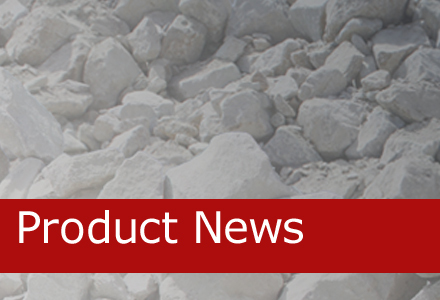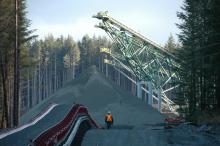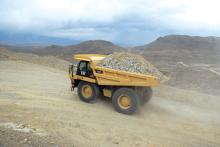
In researching this month's equipment focus on the screening market in Europe, one of the people I spoke to remarked that man's method of processing rock has essentially remained unchanged for thousands of years. "We're still basically hitting rocks against other rocks to break them up into a usable size, it's just our accuracy and efficiency in achieving the end result that has improved," he said.
Those remarks made me think about the elements of the aggregates industry that have changed; aggregate demand, the political and environmental pressures on our industry and the machines used to extract material - and those that haven't - need to deliver a cost effective product to the market. These are all elements that feature in this issue of ABE.
According to a new report on world aggregate demand, global consumption will rise 4.7% annually through to 2011 to take the volume to 26.8billion tonnes. While the rise in demand in Europe is likely to be at the lower rate of 2.4% per year, that will still represent 3.2billion tonnes by 2011 and almost 3.6billion tonnes in 2016.
But how are we to meet this demand with growing political and environmental restrictions on opening new quarries?
In the US, urban conurbations on the west coast cover many available resources and the sprawl is forcing existing quarries to close. So demand is being met through shipping aggregates from super quarries in Canada.
This month's quarry profile features Polaris Mineral's Orca Quarry on Canada's British Columbian coast, which started work in March last year solely to supply the US west coast concrete aggregates market. While the prospect of opening a new 6million tonne per year quarry like Orca in Europe is slim to none, the issues that the quarry had to overcome in terms of land ownership and the approach taken by Polaris is very interesting.
While the act of digging out rock and crushing it to a usable size remains unchanged, the machines used to extract aggregates have also come a long way in the last century. This is highlighted by Mike Woof's look at the development of crawler tracks in the quarry classics feature, charting the innovation that also led to the founding of
This issue also brings you all the latest innovations in the quarrying and aggregates equipment markets that will be presented in March at Italy's
But what hasn't changed in the aggregates market is the impact of transport on the cost and market for aggregates. In his interview with
In the news this month,
So while the need for transport alternatives remains unchanged, the drivers are now social and economic rather than being purely physical ones. These drivers are also changing aggregates from a local material into a global one.








